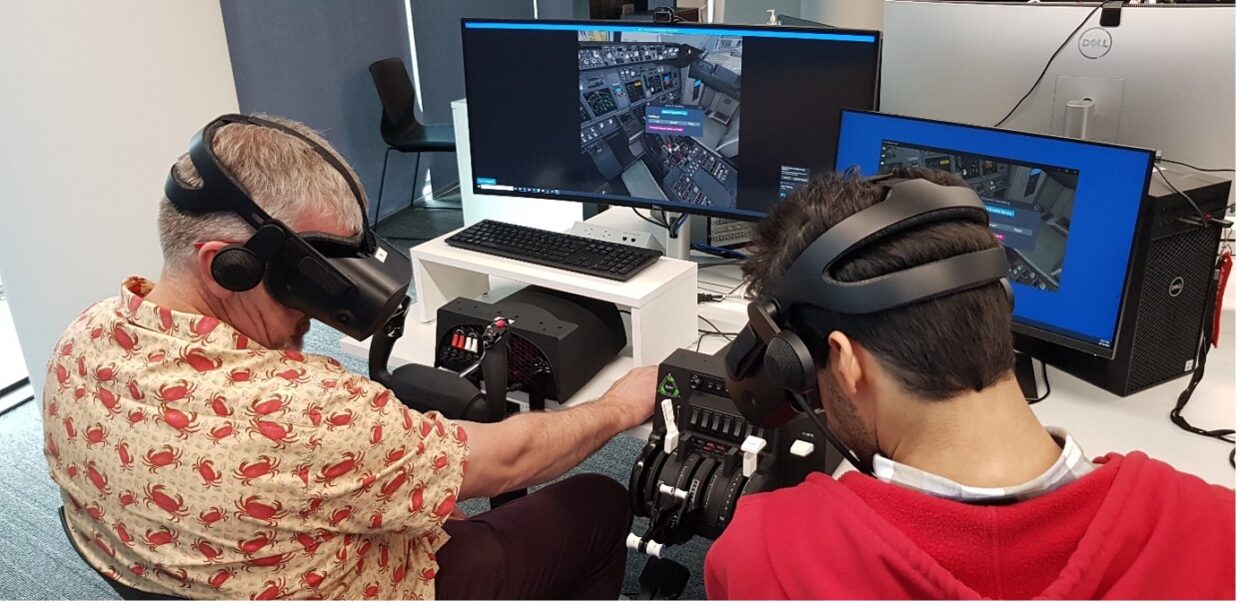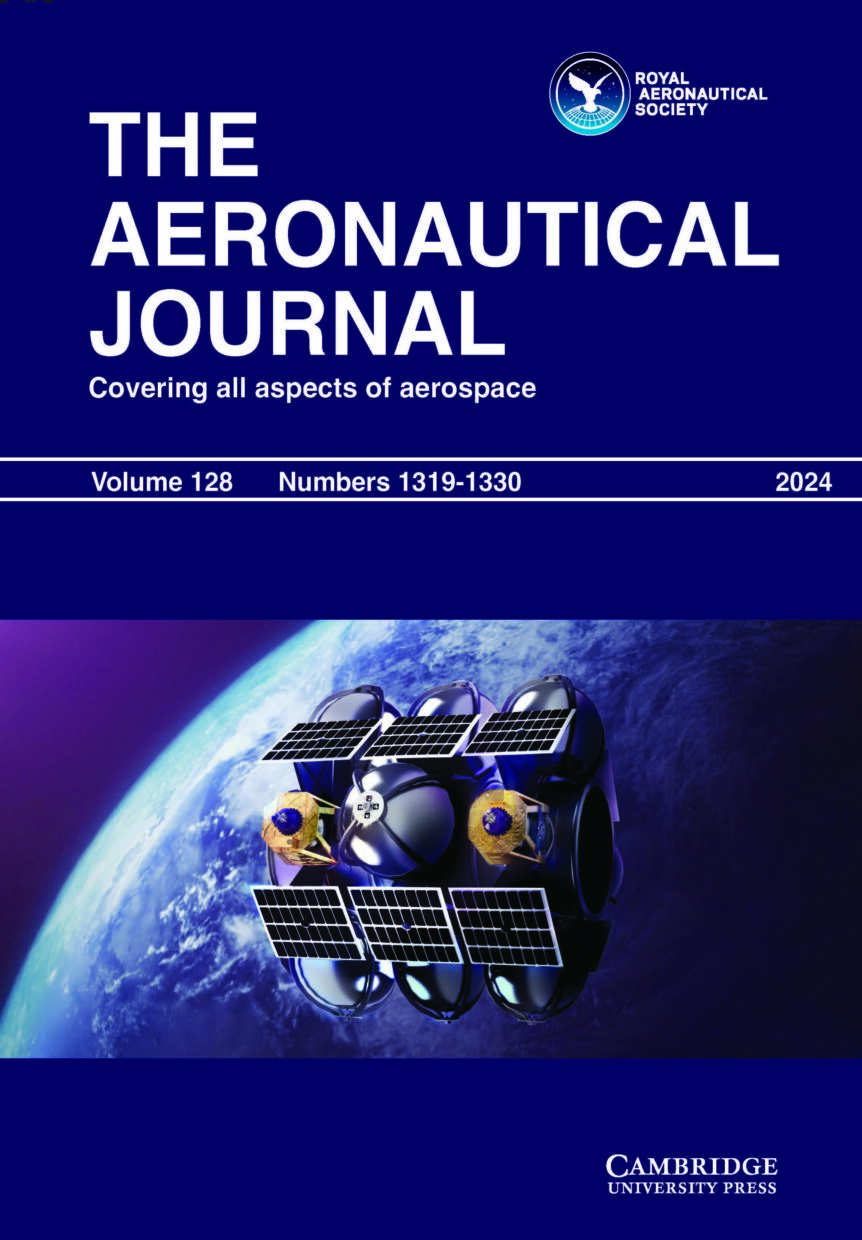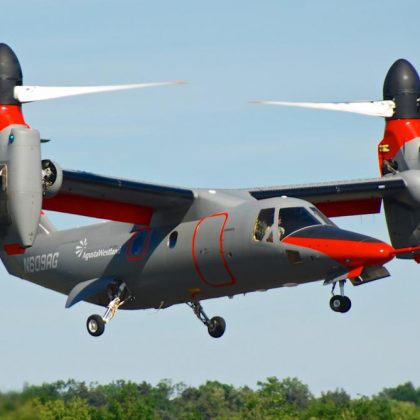Assessing Evidence-Based Training in a Collaborative Virtual Reality Flight Simulator
The Aeronautical Journal February 2025 Vol 129 No 1332
The Evolution of Flight Simulation: From Link Trainers to Virtual Reality
Imagine training for a life-or-death situation, only to find that the skills you learnt do not translate when it matters most. This gap in training tragically became a reality in the case of Air France 447, where ineffective responses to an abnormal situation contributed to a fatal crash. While flight simulators have long been a cornerstone of pilot training, their limitations are pushing the industry to explore new technologies. Could virtual reality (VR) revolutionise how pilots are trained?
The Birth of Flight Simulation
In 1929, the Link Trainer was created as a safe and innovative way to teach new pilots the art of instrument flying. At the time, this device was cutting-edge technology and is often regarded as the first successful flight simulator. Link Aviation Devices went on to produce a series of simulators until the late 1950s. While their full potential wasn’t initially realised, today flight simulators are an indispensable and mandated part of pilot training.
The Strengths and Weaknesses of Traditional Simulators
A full flight simulator (FFS) is a full-size replica of a specific aircraft’s flight deck, complete with visual systems that simulate external views and motion systems to replicate real-world flight dynamics. These simulators have proven their value, embedding themselves into modern pilot training programs. However, they come with significant drawbacks:
- High Costs: Substantial investment is required for purchase, operation and maintenance.
- Space Requirements: FFSs are large and require significant space to allow full motion on three axes.
- Limited Accessibility: Fixed locations and the capacity to train only two pilots at a time create bottlenecks in training schedules.

Virtual Reality: A New Era in Pilot Training
Virtual reality (VR) is no longer confined to gaming. It is now widely used in industries like healthcare, education, and tourism. Aviation is increasingly exploring the use of virtual reality flight simulators (VRFSs) to overcome the shortcomings of traditional FFSs.
Advantages of VR Flight Simulators:
- Cost-Effective: VRFSs are significantly cheaper to purchase and maintain.
- Flexibility and Accessibility: Lightweight and portable, VRFSs can be used anywhere, reducing the need for fixed locations.
- Scalability: Multiple trainees can participate simultaneously, addressing bottlenecks in training schedules.
However, two key challenges hinder their adoption:
- Regulatory Evidence: A lack of empirical data proving VRFS effectiveness in meeting aviation training standards.
- Human Factors Design: The rapid advancement of VR technology has outpaced ergonomic and usability considerations, delaying regulatory approval.
Breaking New Ground with VR Training
This research highlights the potential of collaborative virtual environments to replicate traditional pilot training scenarios. The findings indicate that VRFSs can complement existing methods, such as computer-based training and FFSs. By integrating VR into training programs, the aviation industry can create more flexible, cost-effective solutions while effectively addressing real-world challenges.
Looking Ahead
While traditional FFSs remain vital, VR is poised to play a transformative role in aviation training. By addressing current limitations and building on research, VRFSs could make training more accessible, effective, and adaptable to real-world challenges. As the aviation industry continues to innovate, the question remains: how soon can VR redefine the future of pilot training?
For more information and to read the full article – Assessing Evidence-Based Training in a Collaborative Virtual Reality Flight Simulator
The Aeronautical Journal has, for over a century, been the UK’s leading scientific and technical aeronautics Journal and is the world’s oldest Aerospace Journal that remains in production. Published monthly, The Aeronautical Journal draws upon the expertise and resources of The Royal Aeronautical Society providing a world-wide forum for authors from the UK and overseas. Research papers are solicited on all aspects of research, design and development, construction and operation of aircraft and space vehicles. Papers are also welcomed which review, comprehensively, the results of recent research developments in any of the above topics.
Lastly, book reviews covering academic, scientific and technical books covering aeronautical engineering and topics relating to it can be found here: www.aerosociety.com/news-expertise/national-aerospace-library/book-reviews







